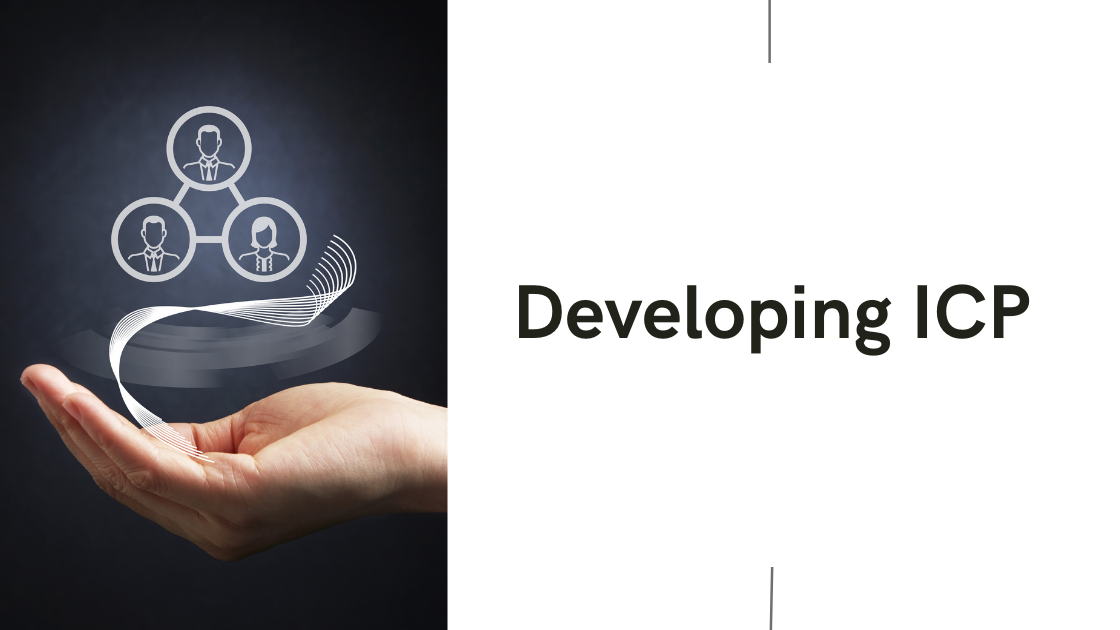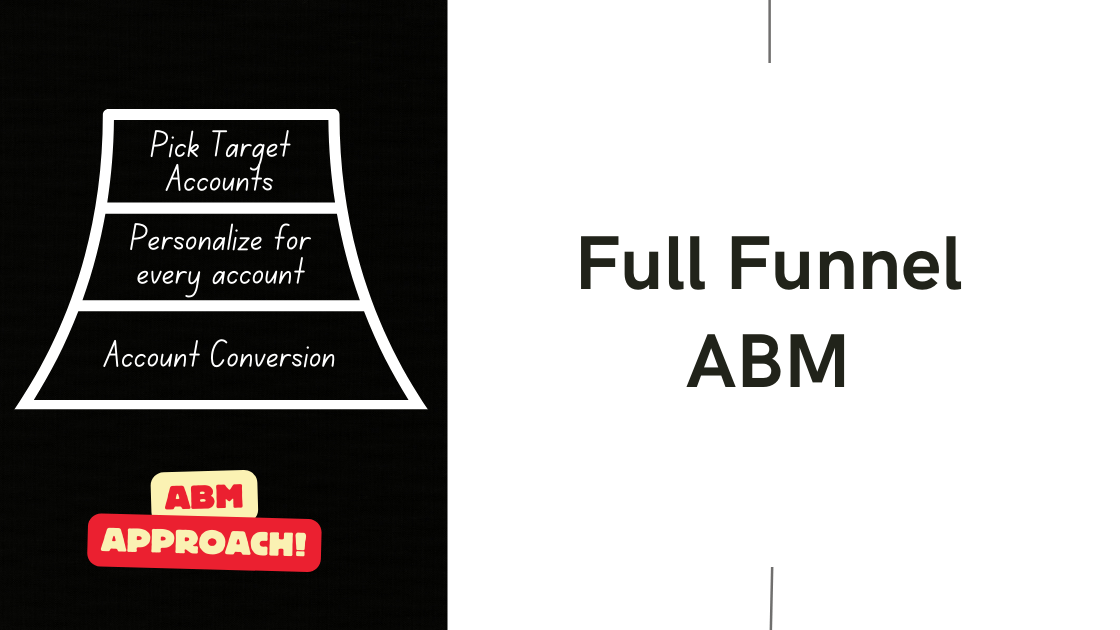Account-based marketing (ABM) is not just a catchphrase anymore. ABM has transitioned from the testing phase to the learning phase and creating success stories. In fact, in a recent Hubspot survey, over 70% of B2B marketers report using ABM as part of their core marketing process. And 62% of them state they see a positive impact since adopting ABM. So clearly, ABM has moved from a nice-to-have to a must-have strategy in B2B.
As a marketing leader, you may have fully understood the advantages of adopting an account-based approach over traditional spray-and-pray marketing. But, how do you communicate the value proposition and get executive buy-in to launch Account-based Engagement programs for your organization?

Let’s dive in to help you to craft your ABM pitch!
Firstly, implementing ABM is not a marketing-only effort but an organization-wide action. Depending on the size of your company, there are going to be several folks, from multiple functions, involved in the decision-making & execution process. Think Sales, Marketing, Finance, Purchase, Customer Sucess/Support, etc. Hence it is important to use a standard methodology that your organization follows to approve any new initiative rollouts. Treat this as a change management exercise. You are playing the role of a change agent, a champion. Frameworks like issue selling may be used to communicate your ideas effectively.
In the absence of standard methodologies, you may use the following as a checklist to get executive buy-in.
Preparation
- Identify all the key stakeholders - Map their goals, wants, and needs.
- Adopt both top-down and bottom-up communication strategies to sell your idea.
- Document the qualitative and quantitive benefits of ABM in the context of your organization.
- Socialize to create excitement within your peer group - Use informal communication channels to create backers for your idea.
- Capture the challenges your organization is facing using the current GTM processes.
- List the potential benefits of adopting ABM - You can use frameworks like SWOT to record your findings.
- Collect a list of relatable case studies and names of competitors who have already switched.
- Talk to peers outside of your company and obtain their learnings.
- Assess your organization's readiness for the switch in terms of People, Processes, and Tools.
- If possible, carve out budgets from your existing spending for the new initiative. It becomes easier to convince when fresh budgets are not sought, especially if it's unplanned.
Armed with the insights you have gathered, proceed to present it to your executives for approval and sponsorship. Introduce your idea in phases - warm them using informal channels. Blogs, Social media posts, and podcasts are some ways you can establish your thought leadership on the subject.
Action
When it's time to seek the buy-in formally, you can follow some or all the below steps.
- Position the switch to ABM as an experiment - something that augments your current processes than a replacement.
- Propose a pilot with defined success criteria.
- Talk about the competitors who have already made a switch - Create FOMO.
- Present the challenges of the existing GTM process and the potential opportunities that it can unlock by switching to ABM.
- List down the asks - again in terms of people, process, and tools.
- Describe the plan of action- ex. implementing a pilot.
- Lastly, prepare for objections - a lot of them.
Common Objections
- Implementing a new strategy could take the focus off from executing a present strategyTo address your leadership team’s concerns first walk them through how an ABM could benefit the business. Explain how it can bring efficiencies and functional alignment to meet your overall company objectives. Provide them the confidence that the new initiative is just going to be augmenting existing practice and not cause disruption.
- How can we be sure this will impact the organization the way we want it to? There's no guarantee that it will. But with the right strategy and careful planning, combined with taking smaller steps, explaining it can increase the chance of success.
- How will we be able to track progress and effectiveness? Establish clear goals and success criteria before the start of the initiative.
- We don’t have a budget to spend on expensive software right now.Adopting ABM doesn’t have to be an expensive endeavor. Investment in new technologies can come later. You can start by tweaking the existing stack to work and executing things manually.
- Why try fixing something that is not broken?Remind your executive team that adopting ABM is future-proofing your company. It will help foster alignment at all levels of your organization, which is especially important as your company grows.
ABM Benefits
- ABM provides direction, by aligning the focus of sales and marketing departments, enabling conversion of high-value accounts.
- Reduces the time taken in the lead nurturing process, as the accounts here are predetermined and targetted.
- Increases the chances of sales conversion as the engaged TG is less likely to move away.
- Negates the efforts spent on non-engaging leads, thus saving more time.
- ABM enables upselling and cross-selling by the sales team through positive account relationships.
Conclusion
ABM can become the core pillar of your growth strategy. At Recotap, we have worked with several first-time ABM adopters to pilot and scale their programs. Talk to us if we can be of help in any way as you try to roll out the program in your organization.













